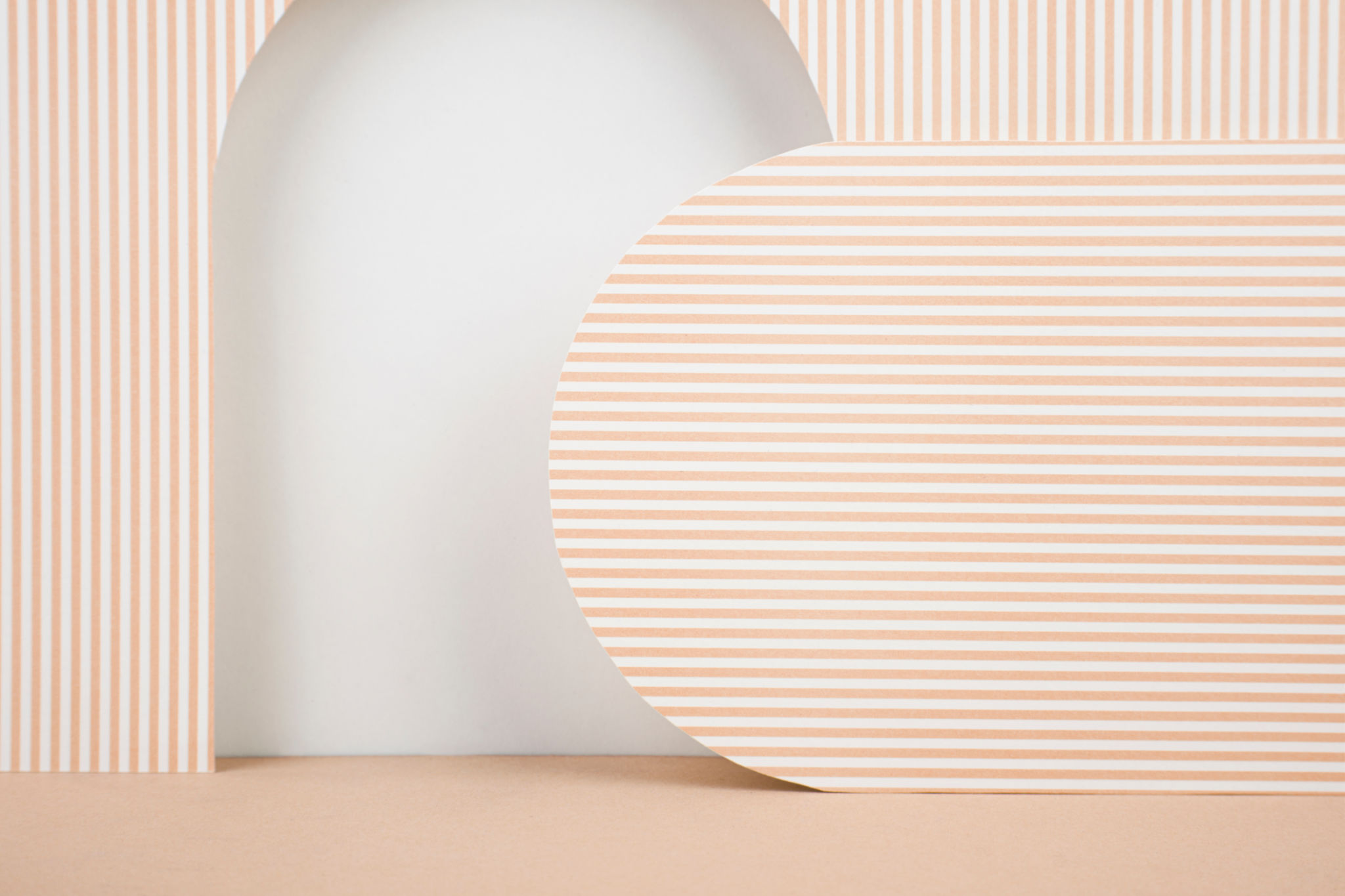Current Trends in Brand and Comms Design
Embracing Minimalism
In recent years, the trend towards minimalism has been gaining momentum in both publications and presentations. This design philosophy emphasizes simplicity and clarity, focusing on essential elements to convey messages effectively. By using ample white space, clean lines, and a restrained color palette, designers create a sense of calm and order that enhances readability and comprehension.
Minimalist design not only makes content more digestible but also improves audience engagement. It allows readers and viewers to focus on the core message without being overwhelmed by unnecessary details. This approach is particularly effective in presentations, where visual clarity is crucial for retaining audience attention.

Integrating Interactive Elements
The digital age has ushered in a new era of interactivity in design. Publications and presentations now often include interactive elements such as clickable links, embedded videos, and animated graphics. These features offer a dynamic experience, encouraging active participation and enhancing user engagement.
Interactive elements can transform static content into an immersive journey, making information more memorable. For instance, incorporating interactive infographics in a publication can help clarify complex data, while dynamic transitions in a presentation can emphasize key points and keep the audience engaged.
The Rise of Bold Typography
Typography continues to play a pivotal role in design trends. Bold typography has become a popular choice for making strong statements in both publications and presentations. By using larger fonts and unique typefaces, designers can draw attention to important information and create a visual hierarchy that guides the reader’s eye.

This trend is not just about size; it also involves experimenting with font styles and colors to create a distinct brand identity. Bold typography can be used strategically to highlight headlines, quotes, or calls to action, making them stand out and leaving a lasting impression on the audience.
Utilizing Color Gradients
Color gradients have made a comeback as a versatile design trend, adding depth and dimension to both print and digital formats. By blending multiple colors smoothly, gradients create visually appealing backgrounds and elements that capture attention. This technique can be applied subtly or boldly, depending on the desired effect.
Gradients offer endless possibilities for customization, allowing designers to align with brand aesthetics or evoke specific emotions. They can serve as an effective tool for visually connecting different sections of content or highlighting transitions between ideas.

Emphasizing Sustainability
As environmental consciousness grows, sustainability has become an increasingly important consideration in design. Publications are adopting eco-friendly practices such as using recycled materials and digital formats to reduce waste. Presentations are also moving towards paperless options, leveraging technology to minimize environmental impact.
Sustainable design not only benefits the planet but also resonates with audiences who value eco-conscious practices. By aligning with sustainability trends, businesses can enhance their brand image and appeal to a broader audience.
Adapting to Mobile-First Design
With the proliferation of smartphones and tablets, mobile-first design has become imperative for publications and presentations. Content must be optimized for smaller screens to ensure readability and accessibility across devices. This involves responsive design techniques that automatically adjust layouts based on screen size.

Designers are prioritizing mobile-friendly formats to reach wider audiences and provide seamless user experiences. Mobile-first design not only improves accessibility but also caters to the growing trend of on-the-go content consumption, making it an essential aspect of modern design strategies.
